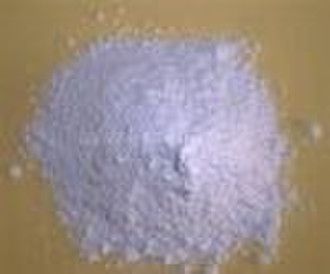辣椒碱、自然辣椒素
原价: 1 400 USD
中国
生产能力:
680 公斤 / 月

LinQiao Xue
联系人姓名
基本信息
| 出生地 | Shaanxi China (Mainland) |
|---|---|
| 牌子的名字 | sciphar |
| 模式的数量 | CRE127 |
| 形式 | 粉 |
Capsaicin CAS #: Molecular formula: Molecular weight: Formulation: Purity:404-86-4C18H27NO3305.41Off white powder10%-99%Capsaicin is a natural compound with pharmacological and toxicological effects, which given its hydrophobicity, can influence the structure of membranes. The interaction of capsaicin with model membranes of dipalmitoylphosphatidylcholine and dielaidoylphosphatidylethanolamine has been studied by using differential scanning calorimetry, fluorescent probe spectroscopy and 31P-nuclear magnetic resonance. Capsaicin remarkably affects the phase transition of dipalmitoylphosphatidylcholine, shifting the transition temperature to lower values, and giving rise, at relatively high capsaicin concentrations, to the appearance of two peaks in the thermogram. These peaks may correspond to separated phases as indicated by the partial phase diagram. Whereas capsaicin did not affect the fluorescence polarization of the probes diphenylhexatriene and trimethylammonium-diphenylhexatriene, it clearly affected that of the probe 2-anthroyloxystearic acid, indicating that the perturbation produced by capsaicin on the membrane would be mainly at the position where this fluorophore is located. On the other hand, capsaicin, at relatively low concentrations, gives rise to immiscible phases in the presence of dielaidoylphosphatidylethanolamine and decrease the temperature of the lamellar to hexagonal HII phase transition. At concentrations of capsaicin higher than 0.3 mol fraction, isotropic phases were detected. The possible implications of the effects of capsaicin on biological membranes are discussed.
交货条款及包装
Packaging Detail: aluminum foil-bag and two plastic-bags inside,25kg/drum or according to your requirment Delivery Detail: the day when received your payment
端口: Xi'an
付款条款
Letter of credit
Telegraphic transfer
Western Union
-
支付方式
我们接受:









